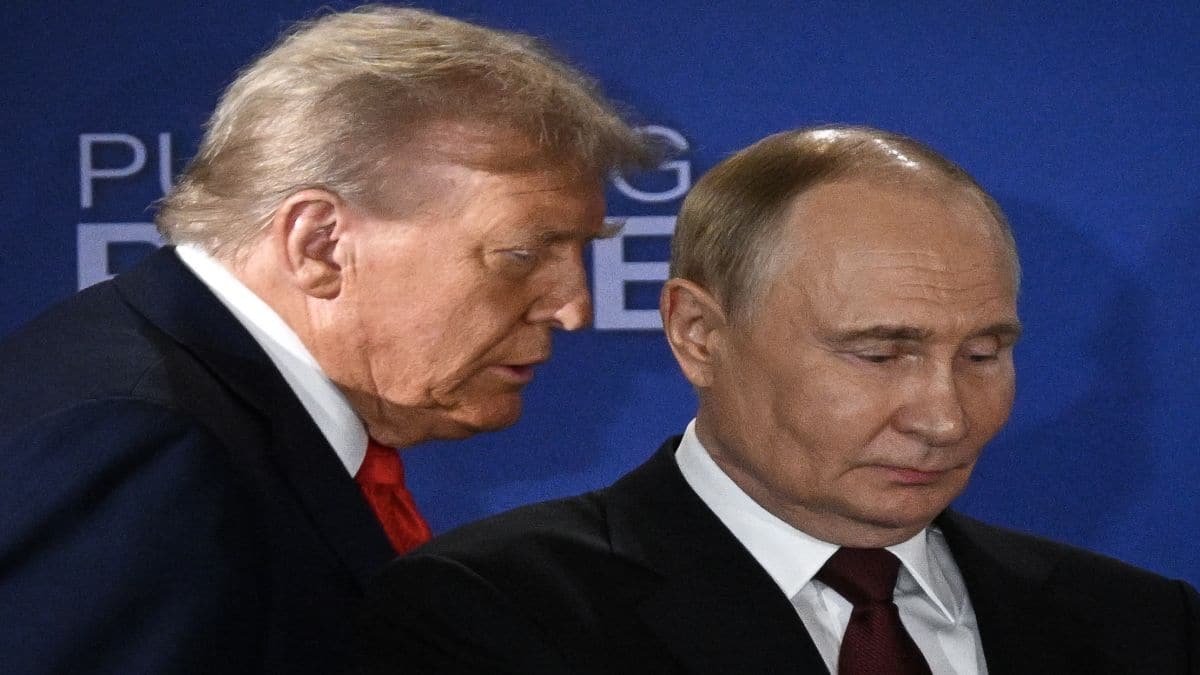The Indian Army is gearing up for a major transformation, which will make it even more lethal to its enemies.
In the next six months, India plans to raise 25 Bhairav Battalions, said Lieutenant General Ajay Kumar, the Director General of the Indian Army’s Arm of Infantry, on Wednesday, adding that that five of these battalions are now fully functional. Four more are currently in the process of being raised, and the remaining 16 will be operational within the next six months.
The move is significant, as it aims to increase operational capabilities along the borders with China and Pakistan.
But what exactly are these Bhairav Battalions? How will they enhance the Indian Army’s operational capabilities?
What is the Bhairav Battalion?
In July, the Indian Army Chief General Upendra Dwivedi had for the first time mentioned the induction of the Bhairav Commandos as part of a larger restructuring of the infantry. And ahead of Shaurya Diwas, formerly known as Infantry Day, observed on October 27, Lt Gen Ajay Kumar spoke of the plans of inducting them into the Indian Army.
He described the Bhairav Battalion as a ‘lean and mean’ force for rapid, high-impact operations along India’s borders with China and Pakistan.
According to sources, these Bhairav Commandos will be similar to Special Forces, with each Bhairav battalion being trained and assigned according to the requirements of the operational terrain but they will not be as heavily armed nor assigned the most complex missions, reported The Print.
Their primary tasks will be reconnaissance and disruption of enemy troops along with cross-border interdiction. By doing this, the Special Forces will be allowed to focus on high-priority missions.
According to Lt Gen Kumar, the Bhairav Battalion will be trained to carry out high-impact missions such as surprise attacks, counter-insurgency, and border patrols. They will also be able to carry out strikes on “vulnerable areas” of the enemy.
He further added that what will set the Bhairav Battalion apart is their integrated composition. They will not be just from the Army’s Infantry, but also from Signals, Army Air Defence, and Artillery regiments in order to create multi-skilled teams capable of operating independently under demanding conditions.
How many Bhairav Battalions will the Army have?
Indian Army is looking to have 25 Bhairav Battalions, each comprising approximately 250 soldiers. According to Lt Gen Kumar, five of these elite, agile special forces units have been raised and deployed in intended operational areas.
“Three units are being deployed along the northern frontier with China and Pakistan, one in the northeast and another on the western front,” a source told ThePrint.
The remaining will be raised within the next six months, said Lt Gen Kumar.
Is there a need for the Bhairav Battalions?
Lt Gen Kumar explained the need for such a battalion, while also clarifying that the Bhairav Battalion will be separate from the Ghatak platoon. For those who are unaware, in the heart of the Indian Army’s infantry battalions lie a group of men who live by the mantra: “First In, Last Out.” These are the Ghatak Platoons — elite assault units designed to break through enemy lines, lead the charge in offensive operations, and operate deep behind enemy territory.
Lt Gen in his remarks on Wednesday was quoted by the New Indian Express as saying, “The Ghatak platoon comprises around 20 personnel, while each Bhairav unit has a strength of around 250 personnel.”
He further noted that the need for the Bhairav Battalion was realised after Operation Sindoor, the military operation that India carried out against Pakistan’s terror camps in May. He said that it tested India’s integrated combat readiness, and offered key insights into how modern wars will be fought and won. “It underscored the need for precise alignment between tactical actions and strategic objectives to ensure mission success,” he said.
It also highlighted the increasing importance of integrating enhanced Intelligence, Surveillance and Reconnaissance (ISR) capabilities for superior situational awareness and decision-making.
What other changes are in the offing for the Army?
But the Bhairav Battalion isn’t the only transformation set to take place within the Indian Army. The Army is also raising Ashni (fire) platoons in its infantry battalions, responsible for drone operations. “The Indian Army is raising Ashni (fire) platoons in its infantry battalions, who would be responsible for looking after drone operations in the force. The drones would be used for different purposes like surveillance roles, loitering munitions and kamikaze roles,” said Kumar.
Earlier, Army chief General Dwivedi had announced the creation of new formations such as all-arms Rudra Brigades, Divyastra Batteries, and Shaktibaan units.
The Rudra Brigades will be all-arms formations that combine infantry, mechanised units, tanks, artillery, special forces, and unmanned aerial systems with dedicated logistics and combat support.
Moreover, the Shaktibaan units are designed to be fully unmanned aerial system (UAS)-driven. Each Shaktibaan regiment will comprise three batteries, two with long-and medium-range loitering munitions and a third equipped with swarm drones and remotely piloted aircraft systems (RPAS).
Gen Dwivedi also added that at least five regiments will include Divyastra Batteries, which integrate traditional guns with drones and loitering munitions for hybrid precision attacks. An officer told The Economic Times, “The primary goal of Divyastra batteries is to enhance the artillery’s firepower and operational effectiveness by enabling deep-strike capabilities, real-time target tracking, and precision engagement of both static and moving threats.”
It’s amply evident that the Indian Army is leaving no stone unturned to ensure that it is ready to fend off any kind of enemy — especially at a time when the country faces an increasing threat from its neighbour, Pakistan.
With inputs from agencies


)

)
)
)
)
)
)
)
)



